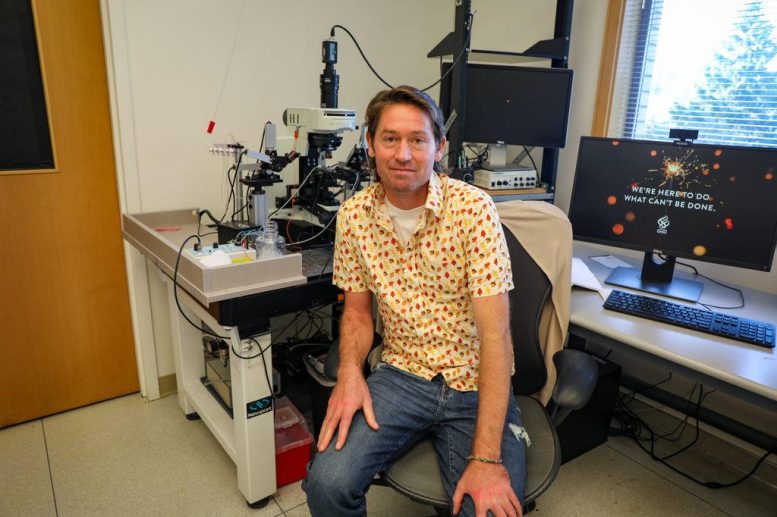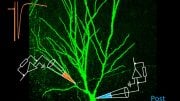
The research reveals that synaptotagmin-3 plays a role in high-frequency synaptic transmission.
Researchers at Oregon Health & Science University have discovered a key molecule that contributes to understanding and treating neurological diseases like epilepsy and autism.
Researchers at Oregon Health & Science University have discovered a long-sought gene-encoded protein that allows the brain to communicate a number of signals across synapses, or gaps between neurons.
The discovery was recently published in the journal Nature.
The protein, known as synaptotagmin-3 (SYT3), aids in replenishing the supply of chemical neurotransmitters that transmit signals between neurons.
“When brain cells are active, they release neurotransmitters to communicate with their neighbors,” said senior author Skyler Jackman, Ph.D., assistant scientist at the OHSU Vollum Institute. “If a cell is very active it can exhaust its supply of neurotransmitters, which can cause a breakdown of communication and brain dysfunction. It turns out that cells have a boost mode that replenishes their supply of neurotransmitters, but until now, we didn’t know the molecule that was responsible. We found that SYT3 is directly responsible for that neurotransmitter boost,” he said. “This gives us new insight about how brains can break down and fail to process information properly.”

Skyler Jackman, Ph.D., assistant scientist at the OHSU Vollum Institute, is the senior author of a neurotransmitter discovery that is published in the journal Nature. He is sitting next to the scope used to view synaptic transmission. Credit: OHSU/Christine Torres Hicks
Scientists created “knock-out” mice that lacked the SYT3 gene. They discovered that in contrast to control mice that had the gene, those mice lacked the more robust level of synaptic transmission.
Notably, SYT3 gene mutations have been linked to human instances of autism spectrum disorder and epilepsy. According to Jackman, recent research raises the prospect of developing gene therapies or pharmaceutical approaches that target SYT3.
“Imbalances in neurotransmitter release are the underlying causes for many neurological disorders,” said lead author Dennis Weingarten, Ph.D., a postdoctoral researcher in the Jackman lab. In the future, he said, “understanding these molecular switches — such as SYT3 — is a crucial step for us to combat these diseases.”
Jackman’s lab specializes in the study of synaptic transmission. The human brain contains hundreds of trillions of synapses. Discovering the molecules that endow these specialized structures with their unique properties is essential for understanding brain function and neurological disorders.
“Synaptic transmission is fundamental for sensing our surroundings, making decisions, and nearly every other feature of our inner world,” Jackman said.
Reference: “Fast resupply of synaptic vesicles requires synaptotagmin-3” by Dennis J. Weingarten, Amita Shrestha, Kessa Juda-Nelson, Sarah A. Kissiwaa, Evan Spruston, and Skyler L. Jackman, 19 October 2022, Nature.
DOI: 10.1038/s41586-022-05337-1
The study was funded by the Whitehall Foundation, the Medical Research Foundation, and the National Institutes of Health Imaging Core Facility.









Yeah first attempt in learning is forgiven it not real it was frequency modulation oh who are you raising me to become oh Physician see this clinical psychology is not my HS major only physics oh let discuss vascularcadiac surgery thus the biology we need oh
I am enjoying the studies only I have nothing of my own oh robbery hackers yes I borrow always I am illegal in this George’s world on my days are numbered…